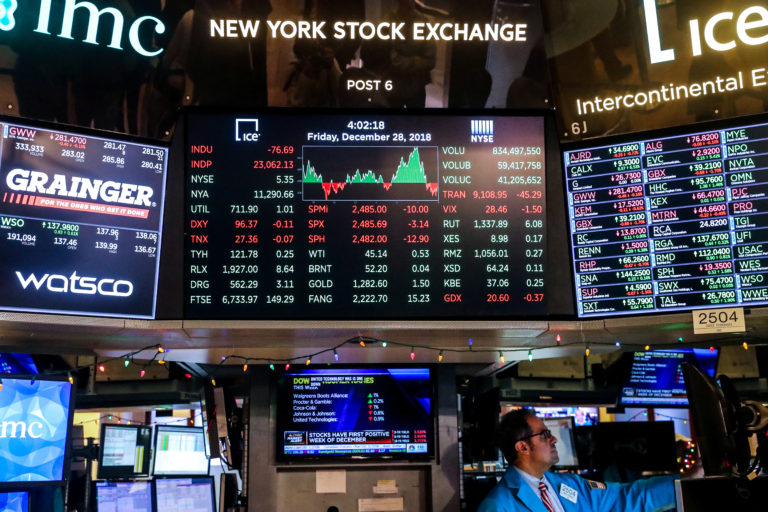
- Indices
Stock market reaction to the rate cut
Do you want to know how to make money from this?
Register for free and get expert advice, access to a training course and webinars.
Key points:
- U.S. indices showed volatility, while European and British indices rose.
- The Federal Reserve began easing its policy, while the Bank of England maintains a more restrictive stance due to high inflation.
- Investors hope for further stimulus measures, particularly from China.
U.S. stock indices ended Wednesday’s trading with slight declines, failing to reach intraday highs. This occurred despite the Federal Reserve’s decision to lower the base interest rate by 50 basis points, which exceeded the expectations of most analysts.
European markets reacted positively to this development, showing significant growth on Thursday. Investors interpreted the Fed’s decision as a signal of the beginning of a monetary easing cycle and raised their expectations for a soft landing of the U.S. economy. British stocks also joined the general optimistic trend, following the dynamics of global markets.
Volatility in the U.S. market
Stock markets showed high volatility during the trading session. Before the Federal Reserve’s decision was announced, the S&P 500 index fluctuated slightly around the zero mark. However, after the rate cut was announced, the index showed significant growth, surpassing the 1% mark. Subsequently, the index corrected slightly and ended trading below the previous session’s closing level.
The Dow Jones and S&P 500 indices reached intraday highs but, under selling pressure, were unable to hold those positions. By the end of trading, the Dow Jones fell by 103.08 points (-0.25%), the S&P 500 lost 16.32 points (-0.29%), and the Nasdaq Composite decreased by 54.76 points (-0.31%). Market participants have almost fully priced in a 25 basis point rate cut at the Fed’s November meeting, with the probability of a more substantial 50 basis point cut estimated at around 35%.
European stocks rise
The European stock index STOXX 600 showed confident growth, rising by 0.7% and reaching its highest level in more than two weeks. Leading the gains were mining company stocks, which increased by 3%, showing the best performance since the start of the year. The significant rise was driven by the Federal Reserve’s decision to cut the interest rate, as well as expectations of further stimulus measures from China, the world’s largest consumer of metals.
Positive dynamics were also seen in real estate, technology, and banking sector stocks, which are sensitive to changes in interest rates. Meanwhile, shares of telecommunications and utility companies, which typically show an inverse correlation to rising rates, ended the session with slight declines.
Britain is in no hurry to lower rates
The London stock market saw a broad rally at the start of the trading session. The FTSE 100 index rose by 0.9%, and mid- and small-cap stocks also performed well, gaining 0.8% and 0.3%, respectively.
Although the Federal Reserve in the U.S. has already begun a cycle of monetary easing, the Bank of England is expected to take a more cautious approach and maintain its base rate at 5%. The reason for this caution is persistently high inflation, especially in the services sector, which indicates the need to continue the fight against inflationary pressures.
According to Jens Magnusson, SEB’s chief economist, the Bank of England is likely to postpone any decision on further rate cuts until October, in order to assess the impact of the new government budget on the economy and monitor inflation trends in the services sector.
Do you want to know
How to make money from the news
Register for free and get:
- Expert consultation;
- Access to the training course;
- Opportunity to participate in webinars

